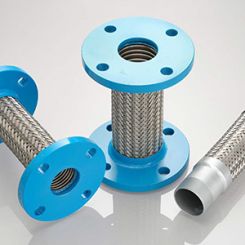
How is cleaning conducted for wastewater and stormwater wet wells? Organic solids accumulations in wet wells will become septic. This causes odors, increases corrosion and releases hazardous gasses. The design of a solids-bearing wet well must both provide for proper approach flow to the pumps and prevent the accumulation of sediments and surface scum in the sump. The goal is to minimize horizontal surfaces in the wet well anywhere but directly within the influence of the pump inlets, thereby directing solids to where they may be removed by the pumping equipment. Vertical or steeply sloped sides ease the transition from upstream conduits or channels to pump inlets. Trench-type wet wells are designed to provide for cleaning with the periodic operation of the pumping equipment using a special procedure. The standard ANSI/HI 9.8 Rotodynamic Pumps for Pump Intake Design provides guidance on the geometry necessary to induce scouring velocities during cleaning. Experience has shown that trench-type wet wells with an ogee transition between the entrance conduit and the trench floor provides optimum geometry for efficient cleaning operations.
 Image 1. Open trench-type wet-well hydraulic jump (Image courtesy of Hydraulic Institute)
Image 1. Open trench-type wet-well hydraulic jump (Image courtesy of Hydraulic Institute)
